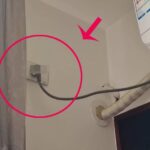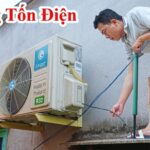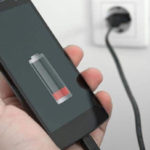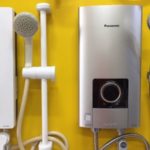All home appliances have a certain lifespan. Using these appliances beyond their intended lifespan can generally lead to some safety risks. For older appliances associated with home safety, it’s advisable to replace them when they reach the end of their lifespan, as they can become hazardous. Here are two such examples:
– Water heaters
In reality, most water heaters have a lifespan of about 8 years. After 8 years of use, the internal components are prone to aging, resulting in reduced heating performance and higher energy consumption.
Additionally, due to the aging of the internal electrical circuit, water heaters may experience electrical leaks, leading to potential fire and electric shock hazards during use.
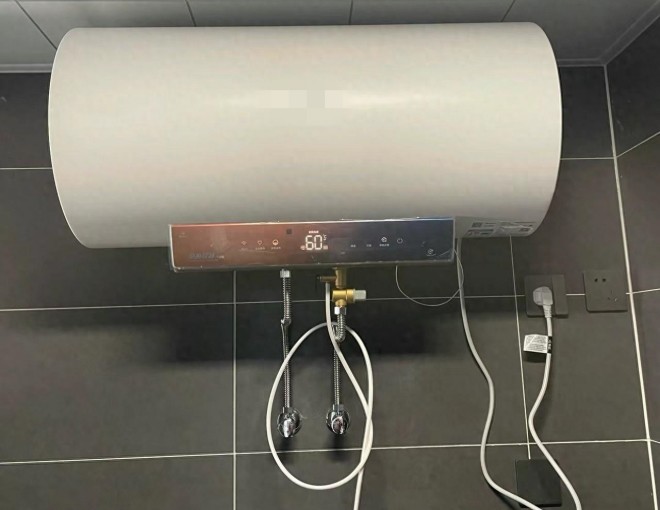
– Electric pressure cookers
Similar to water heaters, electric pressure cookers have a safe lifespan of about 8 years. For cookers that have exceeded this lifespan, the internal configuration may not be as reliable. Components such as pressure valves, pressure sensors, and pressure safety measures may malfunction and lose their functionality.
Therefore, using an electric pressure cooker beyond its lifespan could result in burns due to gas leaks or even explosions, among other dangers.
2. Appliances with outdated technology
While appliances with outdated technology may not pose safety hazards, they can certainly cause other related issues and inconveniences. If you have such an appliance, it’s advisable to replace it with a newer model. Here are two examples:
– Direct cooling refrigerators
The biggest drawback of direct cooling refrigerators is the ice build-up in the freezer compartment, which reduces the space available for food storage. Moreover, direct cooling refrigerators are considered inferior in terms of food preservation.
It’s recommended to replace a direct cooling refrigerator with an indirect cooling one to avoid any annoyances. Indirect cooling refrigerators also tend to keep food fresher for longer.
– Traditional air conditioners
Traditional air conditioners typically operate at a fixed frequency and require constant turning on and off, resulting in high energy consumption. On the other hand, inverter air conditioners can vary their frequency, and once they reach the set temperature, they automatically run consistently at low power without the need for frequent turning on and off, thus reducing energy consumption.
Inverter air conditioners are also known for their higher durability and faster cooling capabilities. Therefore, it’s advisable to replace a traditional air conditioner with an inverter model for a more comfortable and energy-efficient experience.
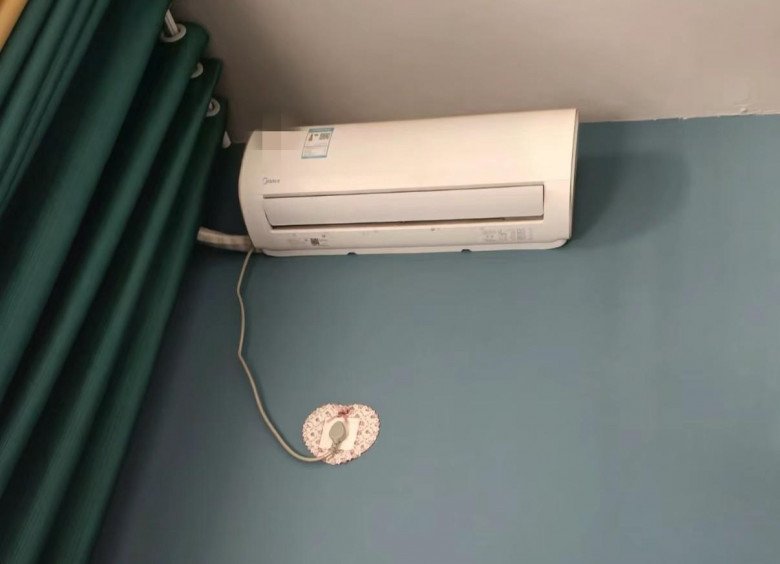
3. Appliances prone to breakdowns
If your home appliances are constantly breaking down, it’s best not to continue using them. Any appliance that frequently malfunctions indicates underlying issues. Repeated repairs can be frustrating and costly, sometimes exceeding the price of a new appliance.
Two appliances that fall into this category are washing machines and rice cookers. Older washing machines often experience problems with their spinning components, resulting in noisy operation, ineffective cleaning, and insufficient water extraction. Similarly, rice cookers may fail to cook rice properly, leading to either undercooked or overcooked rice.
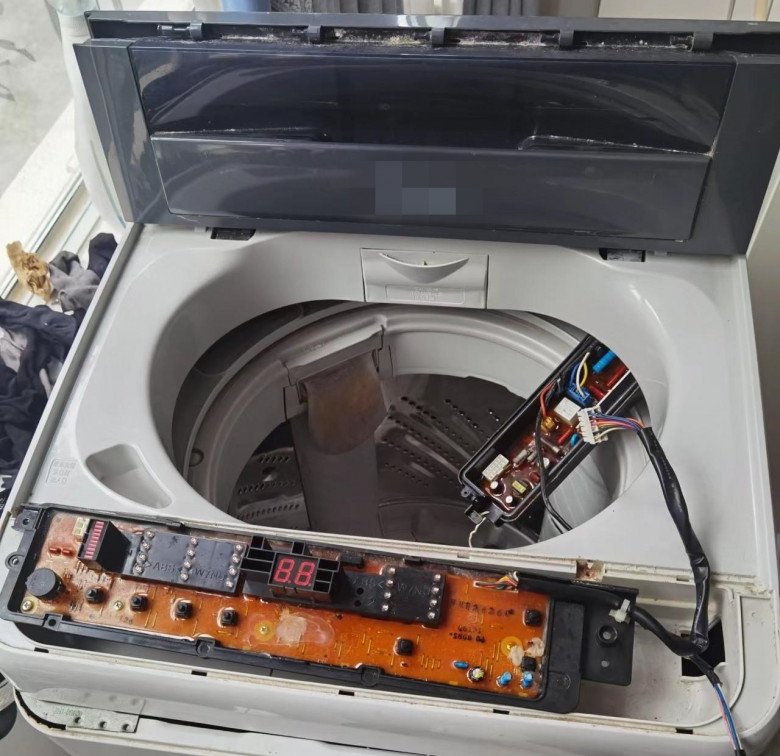
4. Appliances that do not meet new national standards
Some home appliances have corresponding national standards, including production standards, safety standards, and usage standards. These standards can be updated over time, and if your appliances do not meet the latest national standards, it’s advisable to replace them to avoid potential risks.
For example, modern gas stoves are equipped with features such as dry-burn prevention and anti-flame technology. Older models may lack these safety features, potentially leading to gas leaks and dry-burn incidents.
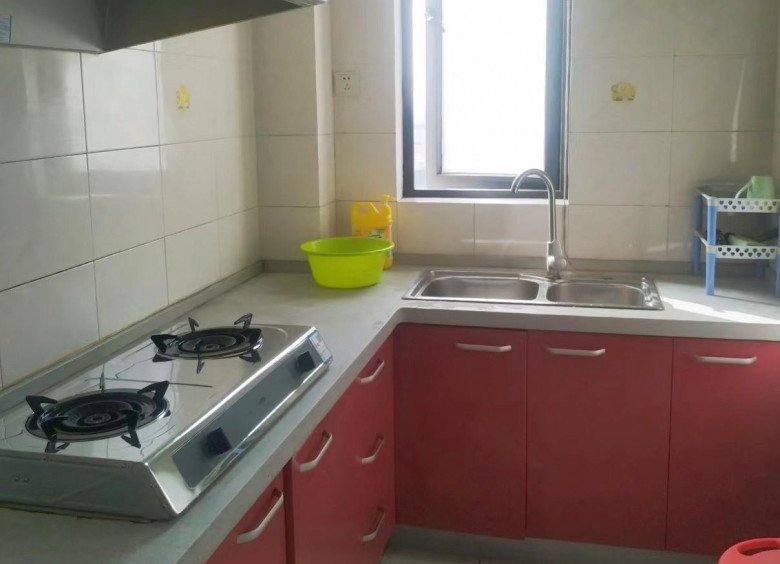
5. Appliances that are troublesome to use
For appliances that are particularly troublesome to use, timely replacement is recommended to avoid ongoing frustration. For instance, I once purchased a cheap robot vacuum cleaner, only to find it constantly getting stuck and failing to effectively clean even the most basic dust and fiber particles from the floor. As a result, I had to discard it.

























